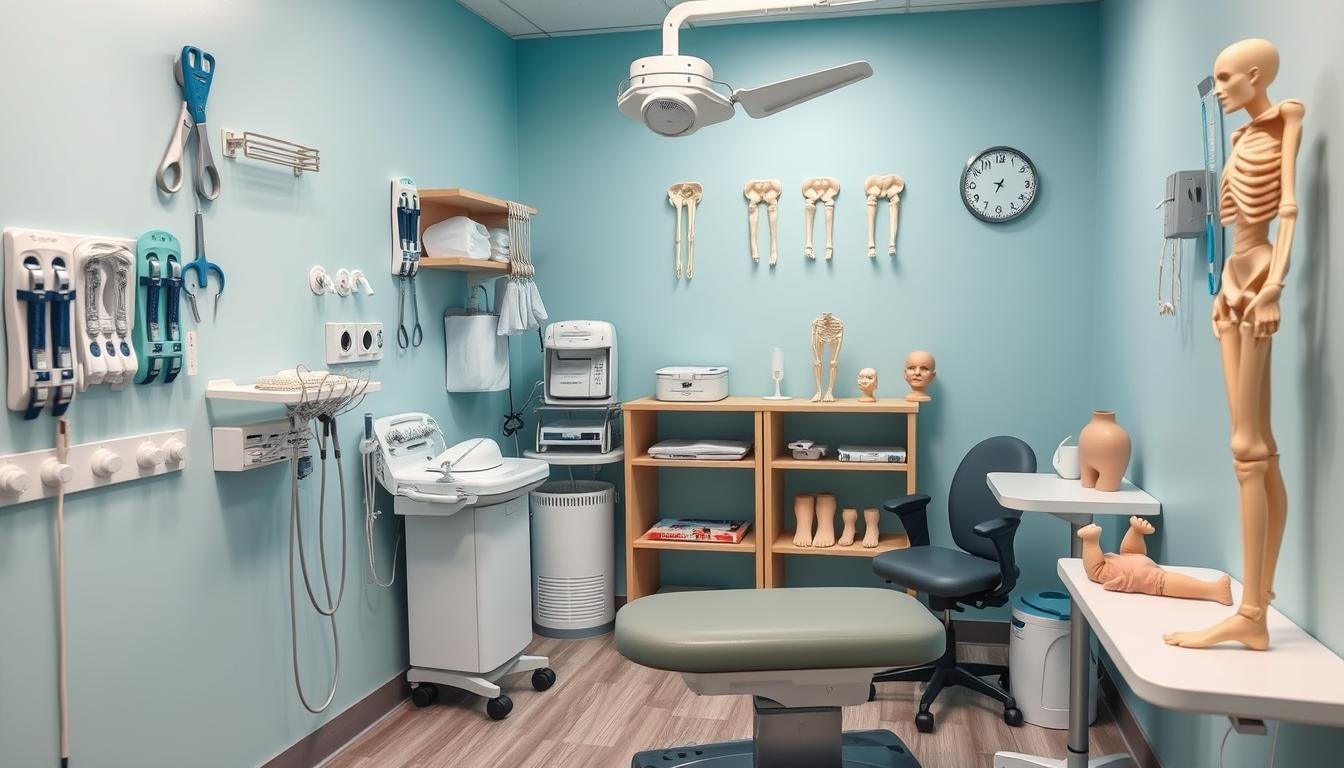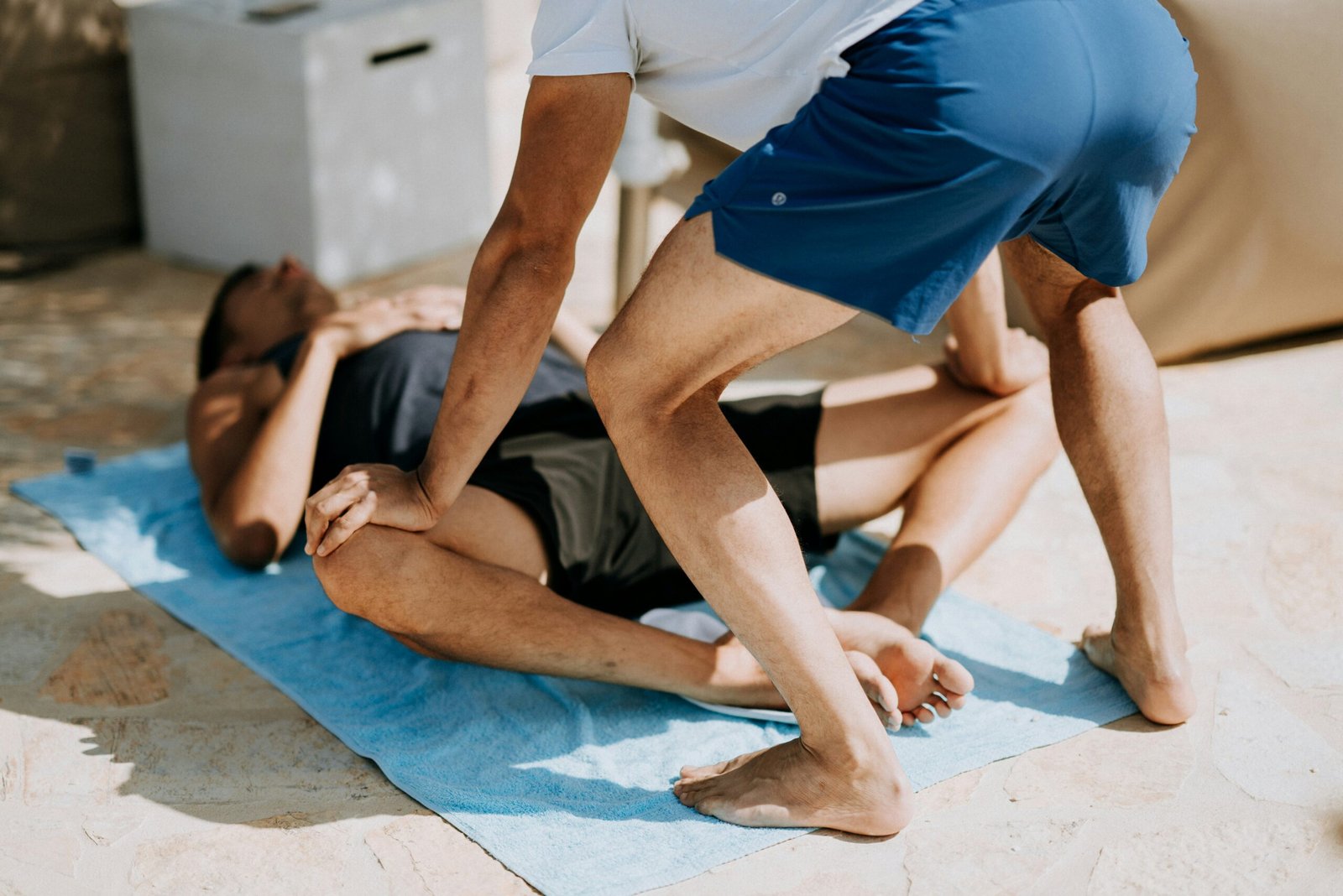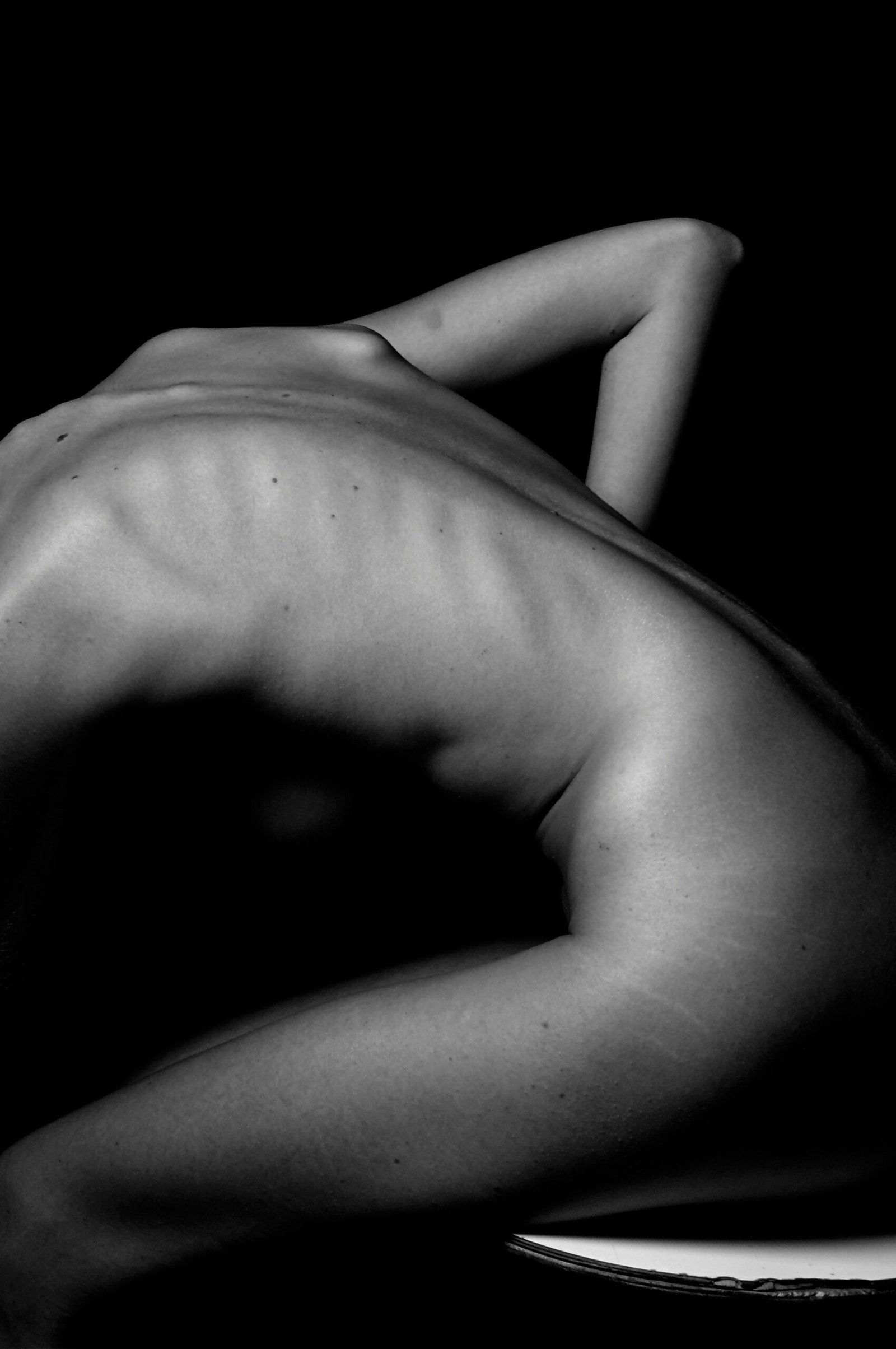Dealing with pediatric orthopaedic birth defects can be tough for parents and doctors. This guide explores the complex world of congenital anomalies in the musculoskeletal system. It offers expert advice on diagnosis, treatment, and management.
It covers conditions like developmental dysplasia of the hip, clubfoot, and spina bifida. This article aims to give a complete view of pediatric orthopaedic birth defects. It helps families and medical teams make informed decisions for children’s health.
Table of Contents
ToggleKey Takeaways
- Comprehensive overview of common congenital anomalies affecting the musculoskeletal system in children
- Insight into risk factors and genetic components associated with pediatric orthopaedic birth defects
- Guidance on early detection and screening techniques for timely intervention
- Detailed information on treatment options, including both conservative and surgical approaches
- Emphasis on multi-disciplinary care and support for families navigating these challenges
Understanding Pediatric Orthopaedic Birth Defects
Pediatric orthopaedic birth defects are a range of issues that affect a child’s bones, joints, and muscles. These can include limb deformities, spinal problems, and more. They need special medical care.
Common Types of Congenital Anomalies
Clubfoot, developmental dysplasia of the hip, and spina bifida are common. These can affect a child’s ability to move and their overall health.
Risk Factors and Genetic Components
Many factors can increase the risk of these birth defects. These include the mother’s age, certain infections, and family history. These can all play a role.
Early Detection and Screening
It’s important to catch these defects early. Prenatal ultrasounds, physical checks, and tests can help. This way, treatment can start sooner.
| Condition | Prevalence | Key Symptoms | Treatment Approach |
|---|---|---|---|
| Clubfoot | 1 in 1,000 births | Inward and downward rotation of the foot | Casting, bracing, and in some cases, surgical intervention |
| Developmental Dysplasia of the Hip | 1 in 1,000 births | Instability or dislocation of the hip joint | Harness or brace treatment, and in severe cases, surgery |
| Spina Bifida | 1 in 2,500 births | Incomplete closure of the spine, leading to nerve and spinal cord damage | Surgical repair, physical therapy, and ongoing management of associated complications |
Developmental Dysplasia of the Hip: Diagnosis and Treatment
Developmental dysplasia of the hip is a common birth defect. It affects how the hip joint forms and sits in infants. Finding it early and treating it quickly is key for the best results.
A doctor will first check the hip with a physical exam. They look for any signs of trouble. Tests like ultrasound or X-rays might also be needed to see the hip’s structure better.
The treatment depends on how bad the hip problem is and the child’s age. For mild cases, a brace might help. But for more serious issues, surgery might be needed to fix the hip’s position.
Getting help early is very important. Working with a team of doctors can help families deal with the diagnosis and treatment. This way, children can have the best chance at good joint health and movement later on.
| Diagnostic Techniques | Treatment Options |
|---|---|
|
|
Clubfoot Management and Long-term Outcomes
Clubfoot is a common musculoskeletal disorder that needs quick and effective treatment. It’s a congenital limb deformity. The treatment includes conservative methods, surgery, and a detailed rehabilitation plan.
Conservative Treatment Methods
The main way to treat clubfoot is the Ponseti method. It’s a non-surgical method that uses gentle manipulations and castings. This method is very effective, with success rates over 90% in many cases.
Surgical Interventions When Necessary
Sometimes, surgery is needed for more severe or resistant clubfoot cases. These surgeries aim to improve the limb’s alignment and function. Surgery is considered when conservative methods don’t work well enough.
Physical Therapy and Rehabilitation
- Physical therapy is key in managing clubfoot long-term. It helps keep the corrected position and improves function.
- Exercises, stretching, and using braces or orthotics are important in rehab. They help keep the treatment effective.
- Regular check-ups and monitoring by pediatric orthopedic specialists are vital. They help track progress and address any issues.
Managing clubfoot well needs a team effort. It includes effective treatments, surgery when needed, and a strong rehab program. Early action, timely treatment, and ongoing care help people with clubfoot live active, happy lives.
| Treatment Approach | Success Rate | Average Duration |
|---|---|---|
| Ponseti Method (Conservative) | Over 90% | 4-6 months |
| Surgical Intervention | Varies, depends on severity | 6 months to 1 year |
| Physical Therapy and Rehabilitation | Crucial for long-term outcomes | Ongoing, lifelong management |
Spina Bifida: Comprehensive Care Approaches
Spina bifida is a complex congenital anomaly that challenges pediatric orthopaedic care. It affects the spine and nervous system. A team of experts is needed to help children with this condition.
Early detection and treatment are key. Prenatal screening and advanced imaging help spot spina bifida early. This allows for timely care, reducing musculoskeletal problems and improving life quality.
- Fetal surgery: In some cases, in-utero procedures can be performed to address spinal cord defects and reduce the risk of complications.
- Postnatal management: Careful monitoring, shunt placement, and specialized physical therapy are essential components of the comprehensive care approach.
- Orthopaedic interventions: Addressing musculoskeletal complications, such as clubfoot, hip dysplasia, and scoliosis, requires a team of experienced pediatric orthopaedic specialists.
Using a multidisciplinary care model, healthcare teams can offer the best support. This helps children with spina bifida reach their full potential and live fulfilling lives.

Success in managing spina bifida comes from teamwork. Pediatric neurosurgeons, orthopaedic specialists, physical therapists, and others work together. This ensures each child’s needs are met, leading to the best long-term outcomes.
Scoliosis in Children: Early Intervention Strategies
Pediatric scoliosis is a common spine issue in kids. It needs quick and effective treatment to avoid serious problems later. We will look at how to treat scoliosis in kids early, including bracing and monitoring.
Bracing Techniques
Bracing is often the first step in treating scoliosis in kids. Braces are special devices that gently push the spine into the right shape. Kids usually wear them for 16 to 23 hours a day, based on how bad the scoliosis is.
Monitoring Progression
It’s important to watch how scoliosis changes over time. Doctors use X-rays and other tests to see how the spine is doing. This helps them decide if the treatment needs to change.
Treatment Timeline
- Early Diagnosis: Doctors check for scoliosis during regular check-ups, so they can catch it early.
- Bracing: If the curve is not too bad, a brace can help stop it from getting worse and might even fix it.
- Surgical Intervention: If the curve is very bad or the brace doesn’t work, surgery might be needed to fix the spine.
- Ongoing Monitoring: Even after treatment, kids need to see doctors regularly to make sure everything is okay.
Using these early steps, doctors can manage pediatric scoliosis well. Early treatment, bracing, and regular checks can help kids live better lives with scoliosis.
| Treatment Approach | Timing | Outcomes |
|---|---|---|
| Bracing | 16-23 hours per day | Prevents further curvature, potential correction |
| Surgical Intervention | Severe cases, when bracing is ineffective | Corrects spinal deformity, improves long-term outcomes |
| Ongoing Monitoring | Regular follow-up appointments | Ensures continued well-being, addresses changes |
Managing Osteogenesis Imperfecta in Young Patients
Osteogenesis imperfecta is a genetic condition that affects bone strength. It is a congenital anomaly, also known as “brittle bone disease.” Young patients with this condition need a comprehensive management approach to meet their musculoskeletal needs.
Early diagnosis and intervention are key for children with osteogenesis imperfecta. Genetic testing and prenatal screening can help identify the condition. This allows healthcare providers to create a tailored treatment plan. It’s important to manage the disorder’s progression and reduce the risk of fractures and complications.
A multidisciplinary team is often involved in managing osteogenesis imperfecta in young patients. This team includes orthopaedic surgeons, physical therapists, and occupational therapists. Their collaboration ensures a holistic approach to care, addressing physical, functional, and psychosocial needs.
Treatment options for osteogenesis imperfecta may include:
- Bisphosphonate medications to improve bone density and strength
- Bracing and assistive devices to support weakened bones and prevent fractures
- Physical therapy to improve muscle strength, flexibility, and mobility
- Occupational therapy to enhance daily living skills and independence
- Surgical interventions, such as rodding procedures, to stabilize and strengthen bones
Ongoing monitoring and regular follow-up visits are crucial. They help track the condition’s progression and adjust the treatment plan as needed. By working closely with the healthcare team, families can navigate the challenges of osteogenesis imperfecta. This ensures their child receives the specialized care needed to thrive.

Upper and Lower Limb Deficiencies: Treatment Options
Children with limb deficiencies need special care to meet their unique needs. These birth defects can affect arms or legs, making everyday tasks hard. Thanks to new medical tools, there are many ways to help these kids.
Prosthetic Solutions
Prosthetic limbs can change a child’s life. Pediatric teams work with prosthetists to make custom limbs. These limbs help kids move and feel confident, letting them do lots of things.
Adaptive Equipment
Adaptive equipment is also key for kids with limb deficiencies. Things like special wheelchairs and toys help them do things on their own. This equipment lets kids join in with their friends and family.
Occupational Therapy Support
Occupational therapy is very important for these kids. Therapists help them learn to do things like button shirts and tie shoelaces. They teach kids to use tools and move around easily, helping them reach their goals.
| Treatment Option | Benefits | Key Considerations |
|---|---|---|
| Prosthetic Solutions |
|
|
| Adaptive Equipment |
|
|
| Occupational Therapy Support |
|
|
Together, prosthetics, adaptive tools, and therapy help kids with limb deficiencies. This team effort helps them face challenges, learn new skills, and live happy lives.
Multi-disciplinary Treatment Approaches
Managing pediatric orthopaedic birth defects and congenital anomalies needs a team effort. Experts from pediatric orthopaedic surgeons, physical therapists, and more work together. They create treatment plans that fit each child’s needs.
This team approach covers all parts of a child’s musculoskeletal disorders. From diagnosis to long-term care, they ensure a smooth care path. This way, children can grow and live their best lives.
Roles of the Multi-disciplinary Team
- Pediatric Orthopaedic Surgeon: They fix congenital deformities and improve mobility through surgery.
- Physical Therapist: They create exercise plans to boost strength and movement.
- Occupational Therapist: They help kids do daily tasks better, using special tools and strategies.
- Orthotist: They make custom braces and splints to support the body.
- Genetic Counselor: They explain the genetic side of certain birth defects, helping families understand.
This team works together to tackle pediatric orthopaedic birth defects fully. Each expert brings their skills to help the child’s physical, emotional, and social health.
| Specialist | Role in Treating Pediatric Orthopaedic Birth Defects |
|---|---|
| Pediatric Orthopaedic Surgeon | Surgical treatment of congenital deformities and musculoskeletal conditions |
| Physical Therapist | Improvement of strength, flexibility, and range of motion |
| Occupational Therapist | Enhancement of daily living skills and social participation |
| Orthotist | Design and fabrication of custom orthotic devices |
| Genetic Counselor | Guidance on genetic factors and inheritance patterns |
Frequently Asked Questions?
Q. What are the most common types of pediatric orthopaedic birth defects?
Q. What are the risk factors and genetic components associated with these conditions?
Q. Why is early detection and screening important for managing these conditions?
Q. How is developmental dysplasia of the hip diagnosed and treated?
Q. What are the conservative and surgical treatment options for clubfoot?
Q. How is spina bifida managed, and what are the associated musculoskeletal complications?
Q. What strategies are used to address scoliosis in children?
Q. How is osteogenesis imperfecta managed in young patients?
Q. What are the treatment options for upper and lower limb deficiencies?
Q. Why is a multidisciplinary approach important in managing pediatric orthopaedic birth defects?
Q. What resources and support are available for families dealing with pediatric orthopaedic birth defects?



